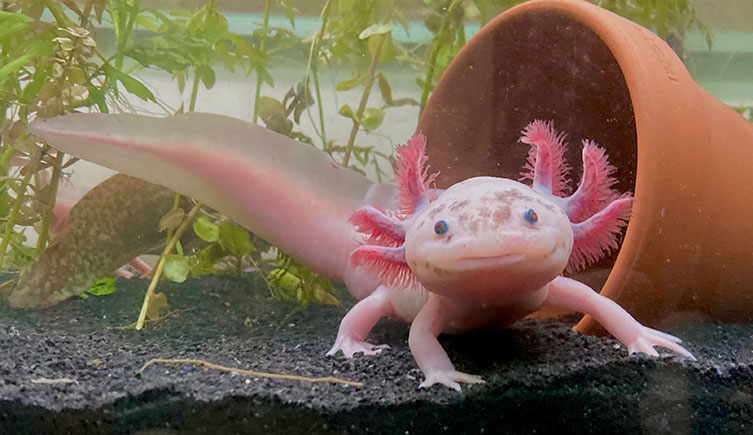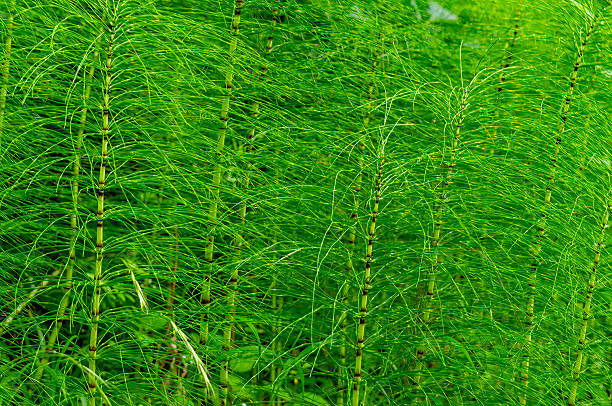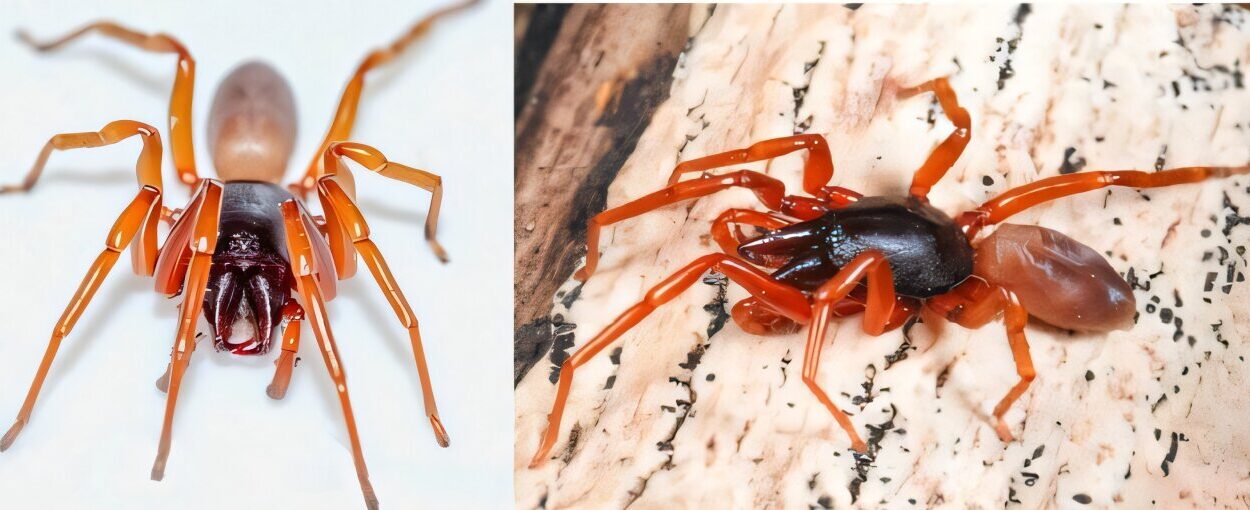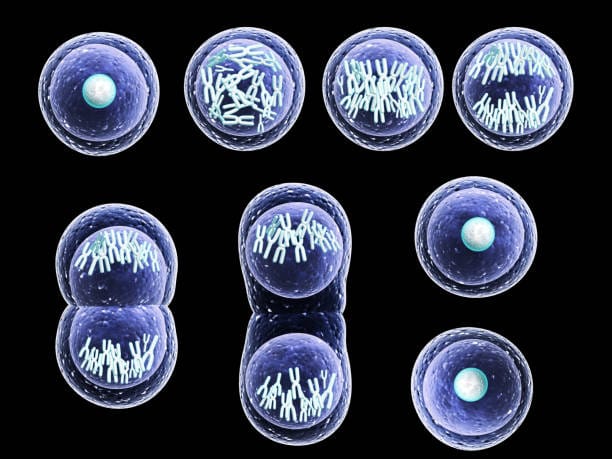For centuries the salamander has been nature’s quiet provocation — a small, soft-bodied creature that can do something no human can: replace what is lost. Slice off its limb and, with time, a new one emerges. Not scar tissue, not a crude imitation, but a working arm or leg with muscle, nerves, bone, blood — a structure that functions as though the injury never occurred. Biologists have studied this miracle as though eavesdropping on a biological secret, waiting for a clue that might translate to human medicine. Now a new study from Harvard suggests the secret is not just in the wound — but in the entire body.
In research published in Cell, scientists documented that the axolotl salamander does not simply patch the injured region. Instead, it sends a regenerative signal across the entire organism, “priming” distant cells — even in untouched limbs — for the possibility of future injury. This discovery reframes limb regeneration not as a local repair project, but an orchestrated whole-body event rooted in stress hormones and the sympathetic nervous system — the circuitry best known for fueling fear and survival.
The Fight-or-Flight System as a Regenerator
When a limb is lost, one might expect the biology of regeneration to unfold at that single site: a burst of inflammation, activation of nearby stem cells, construction of a replacement. But the Harvard team led by Jessica Whited found something stranger: stem cells in far-away parts of the body also begin dividing, as though preparing themselves for an injury they have not yet experienced.
This bodywide response, the team discovered, is not random. It is triggered by adrenergic signaling — the same biochemical cascade that pumps adrenaline during danger, quickens the heartbeat, and sharpens reflexes. In essence, the axolotl treats the loss of a limb as a crisis not merely of tissue, but of survival. It floods itself with stress signals that tell cells everywhere: get ready — you may be needed.
“It forms a kind of short-term memory of the injury, body-wide,” said lead author Duygu Payzin-Dogru. The salamander seems to assume that a second attack might come — and it wants every limb prepared to regrow fast if necessary. For a creature that can lose multiple limbs to predators or even to cannibalism from its own species, this biological vigilance could be a matter of life.
A Blastema and a Bet on the Future
At the injury site, salamanders form a blastema — a mound of precursor cells that will gradually specialize into nerves, muscle, cartilage, and skin. But before that mound even begins its intricate choreography, distant tissues have already changed. Their DNA architecture reorganizes so that regeneration genes are easier to switch on later if needed. The body is not just healing — it is anticipating.
The effect is not permanent. The priming fades after a few cell cycles, and weeks later, distant limbs lose their preparatory edge. High regeneration readiness is metabolically expensive; nature allows it only briefly. But for that window of time, the salamander carries in its flesh the memory of harm — not as psychological fear, but as biological posture.
Evolution’s Kept Secret
This ability has always stood out because salamanders are the only vertebrates known to regenerate full limbs. Flatworms can rebuild entire bodies from fragments, but among animals with skeletons, lungs, and four limbs, salamanders are the last living proof that complex vertebrates once may have had far deeper regenerative capacities. Many biologists now suspect that the earliest four-limbed ancestors — creatures that preceded amphibians, birds, reptiles, and mammals — may have possessed regeneration abilities that were later lost as evolution traded adaptability for other traits.
If that is true, then humans are not missing the concept of regeneration — only the activation code.
A Paradigm Shift: Regeneration as a Whole-Body State
For more than 200 years scientists knew that nerves were required for regeneration, but few imagined that the sympathetic nervous system — the same system that governs stress — could be the master switch. The Harvard study found that alpha-adrenergic signals prime distant tissues, while beta-adrenergic signals work at the injury site to promote regrowth itself. These pathways then trigger metabolic cascades such as mTOR, a central controller of cell growth and division.
This finding effectively relocates the center of the phenomenon: it is not merely the wound that matters, but what the entire body does in response to loss.
“I think it’s paradigm-shifting,” said Whited. Regeneration is not a local miracle. It is a systemic state — a rewiring of the organism’s priorities the moment something is taken from it.
Implications for the Human Body
The electrifying consequence of this research is not what it reveals about salamanders — but what it implies about us. Humans also possess adrenergic cells and stress hormones like epinephrine and norepinephrine. Humans also possess stem cells, and the machinery to reorganize genetic architecture. We routinely repair skin, intestines, blood, and liver — even if we cannot yet replace a limb. What the salamander shows is that nature does not require exotic molecules to regrow complex tissues. It uses ancient chemical languages that we too still speak.
“We have the same components,” Payzin-Dogru said. “We just have to figure out the right way to implement them.”
If regeneration requires not just a wound but an induced whole-body state — a body put on alert — then medicine may one day do more than treat sites of injury. It might induce a controlled systemic readiness, a deliberate echo of the salamander’s stress-powered priming. The ability to trigger limb regrowth in humans may depend not on inventing new biology, but on teaching our tissues to remember damage the way an axolotl does.
The Return of a Forgotten Capacity
Whether humans could ever regenerate a limb is still an open question — one that hangs not on imagination but on mechanism. The Harvard study does not promise regeneration; it shows that regeneration is not inexplicable. It is disciplined, coordinated, and mechanistically triggered — not magic, but instruction.
The salamander, a creature that never evolved beyond its youthful aquatic form and lives much of its life in slow stillness, might hold one of evolution’s oldest instructions for survival: if you lose something, prepare everything. The ability to regrow may not be a quirk of a strange animal, but a relic of a biological power that once belonged to many and was lost by most.
The new research does not close the mystery — it redefines it. Regeneration is no longer a local curiosity but a systemic physiological event. It is not a single wound healing, but a body shifting into a state of readiness, forming a transient, physical memory of loss and responding not only to what has happened, but to what might happen next.
In that shift lies a blueprint — not of what makes salamanders different from us, but of what might still make us capable.
More information: Adrenergic signaling coordinates distant and local responses to amputation in axolotl, Cell (2025). DOI: 10.1016/j.cell.2025.09.025






